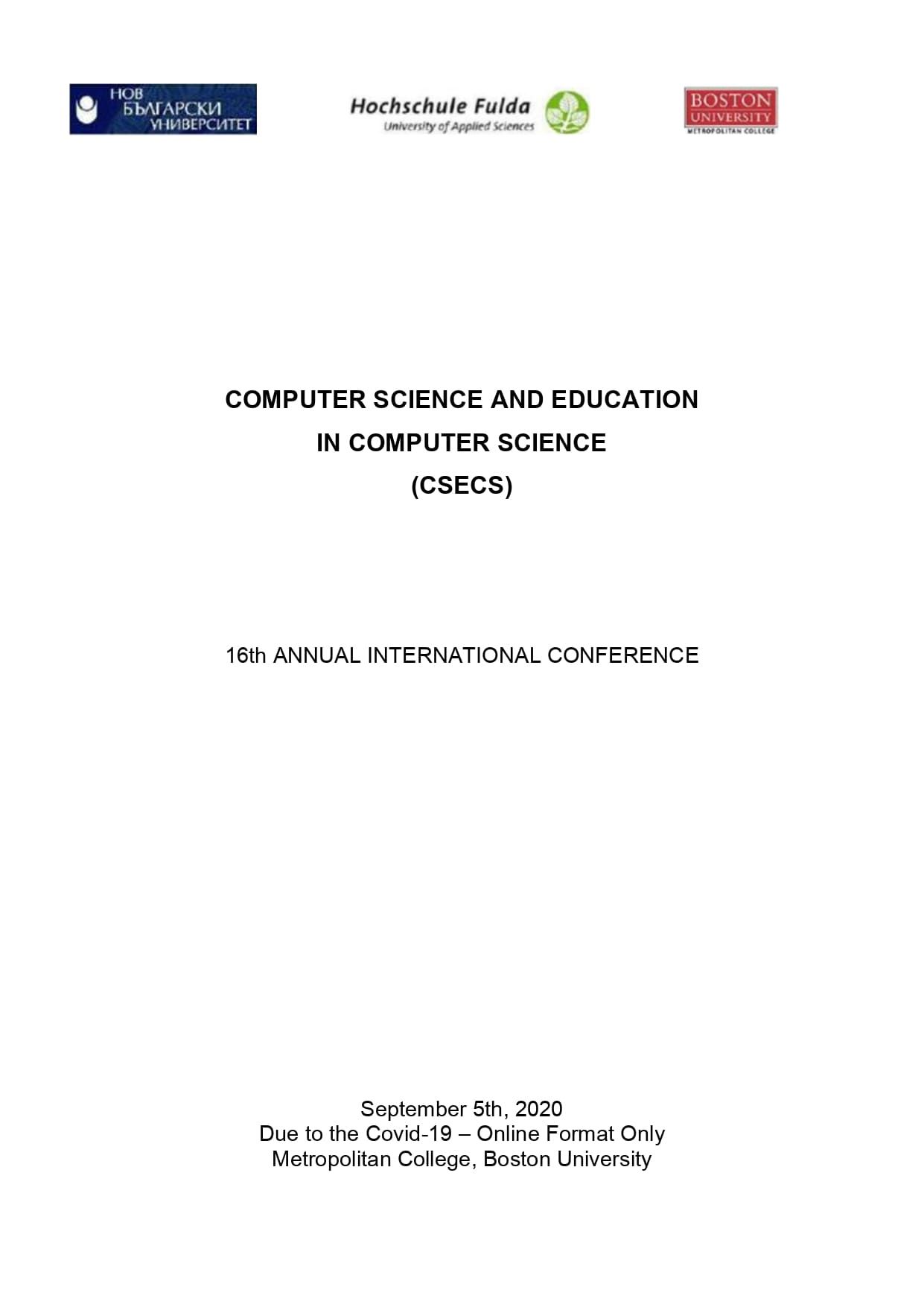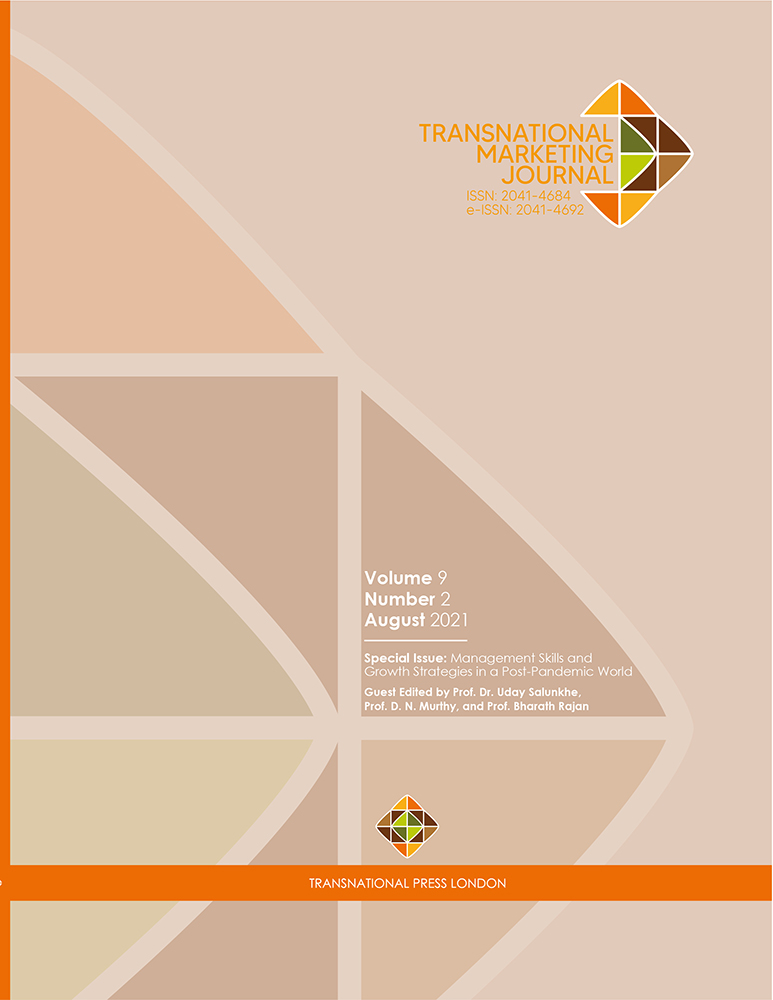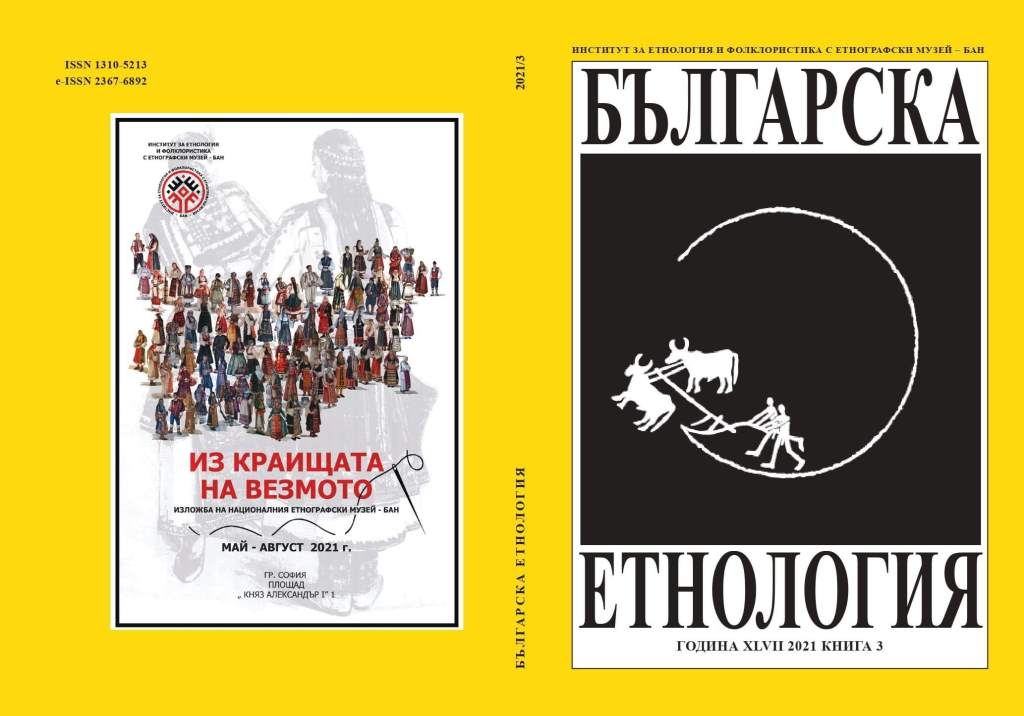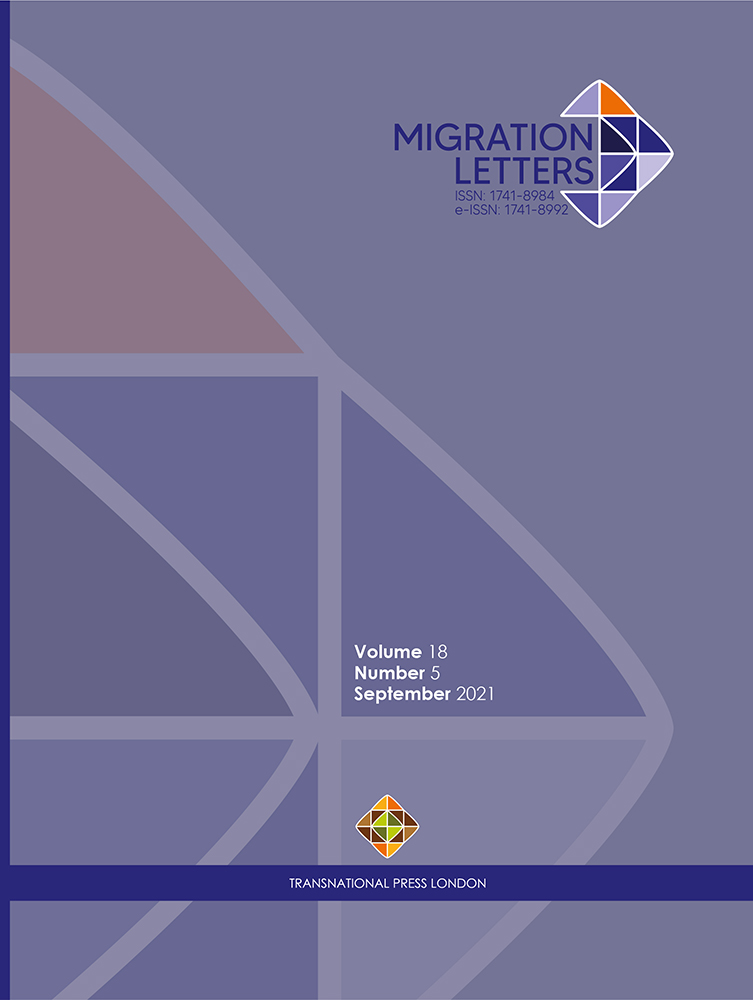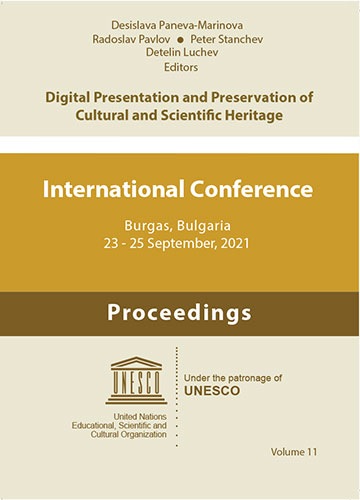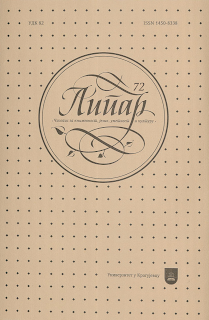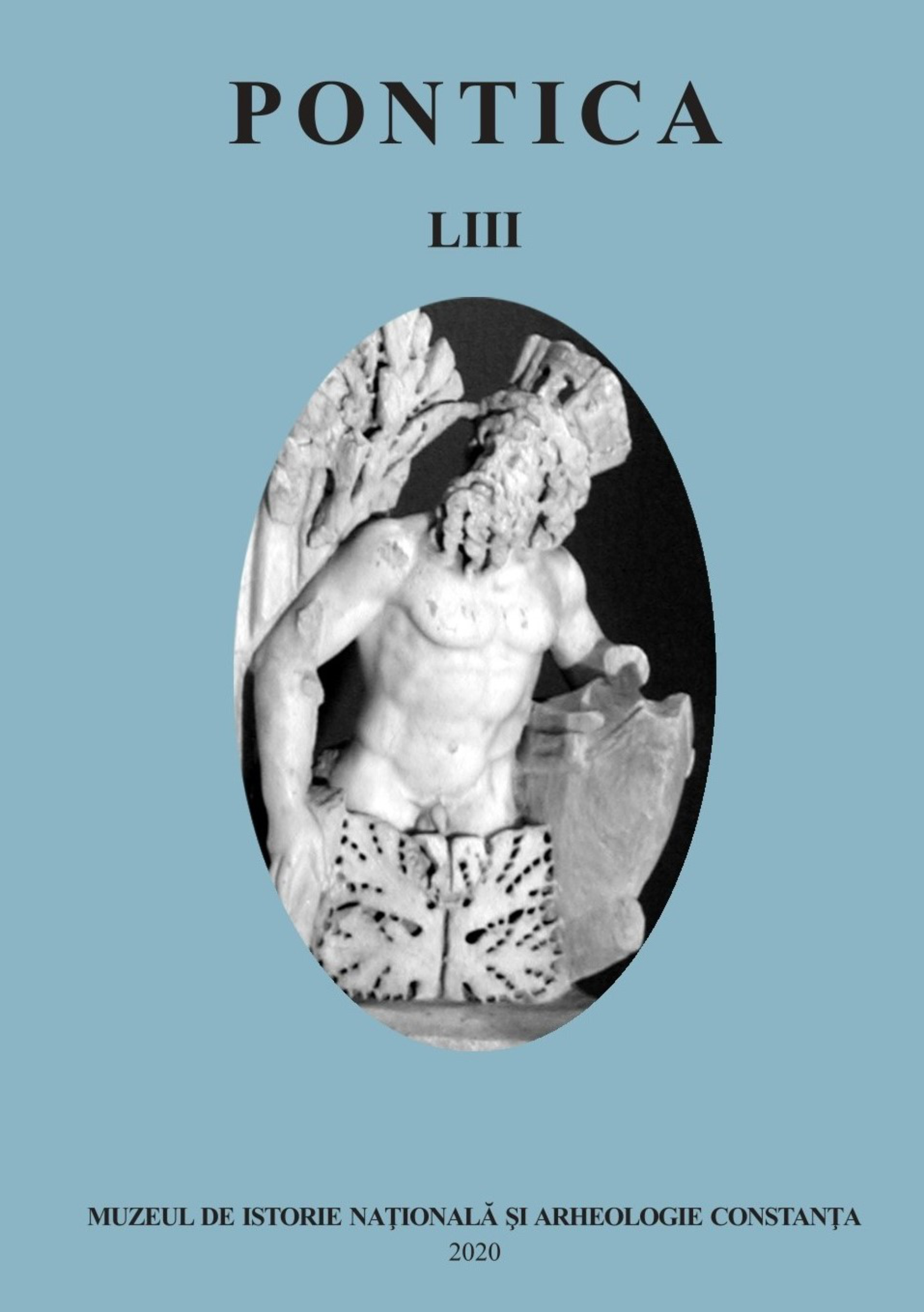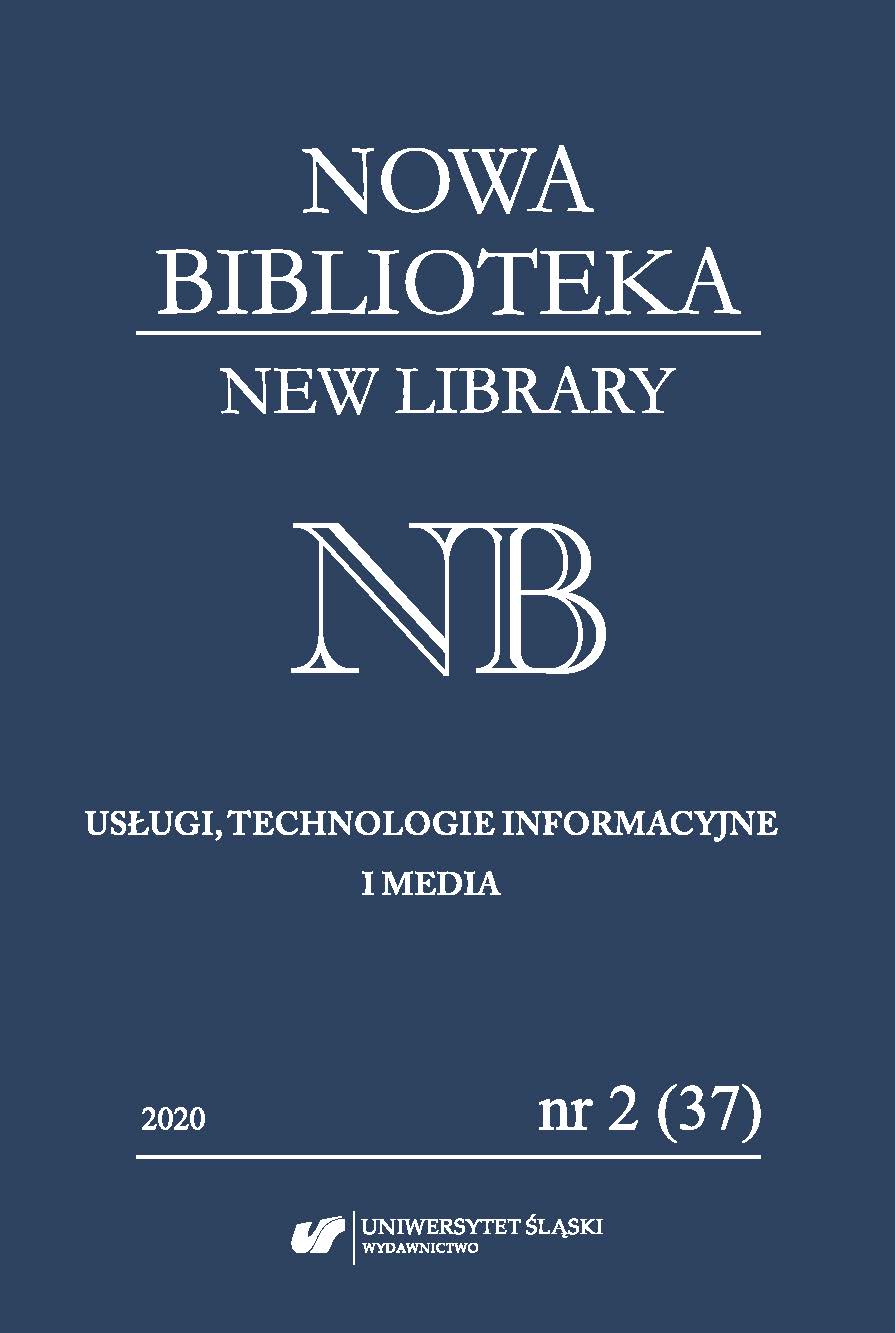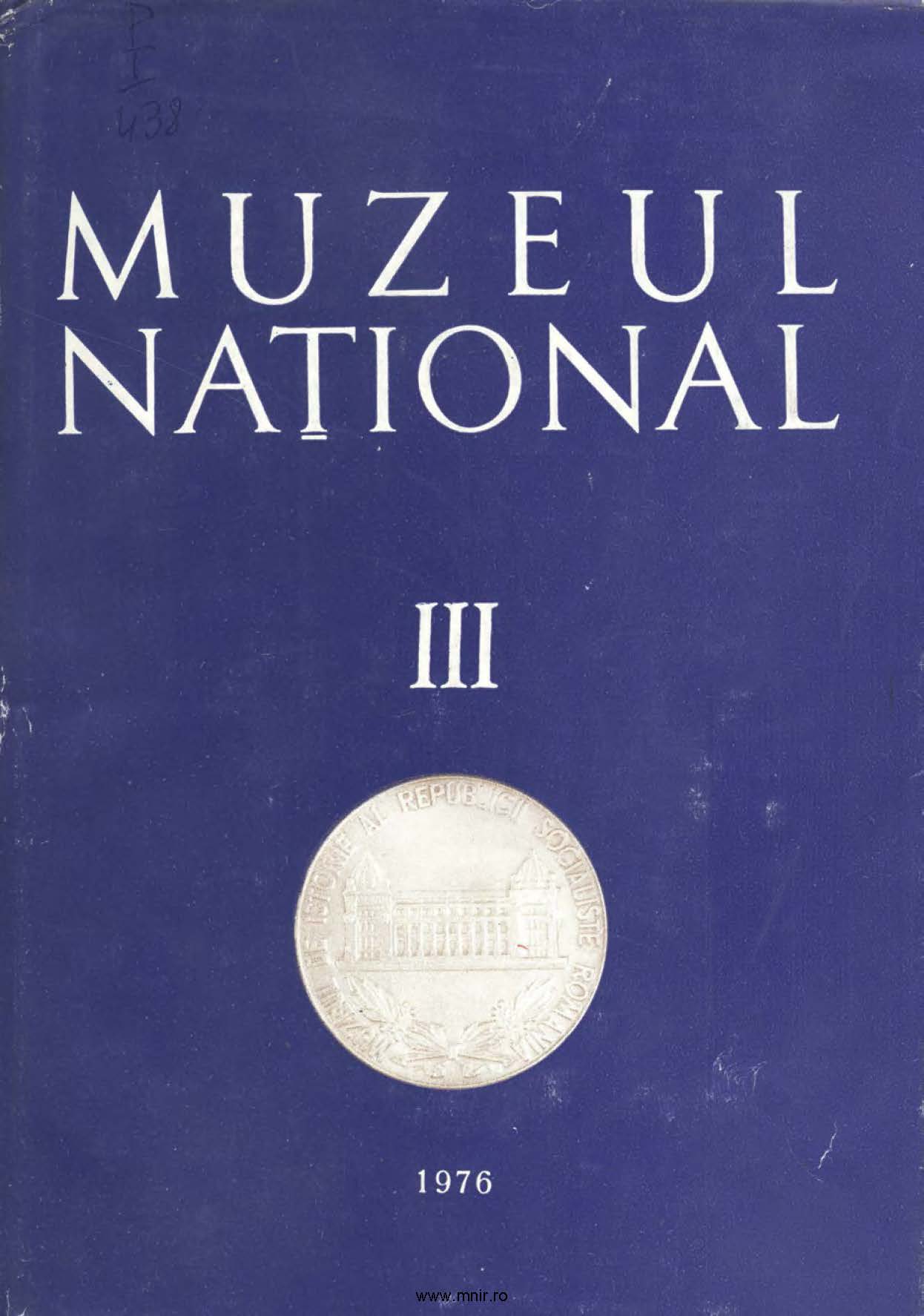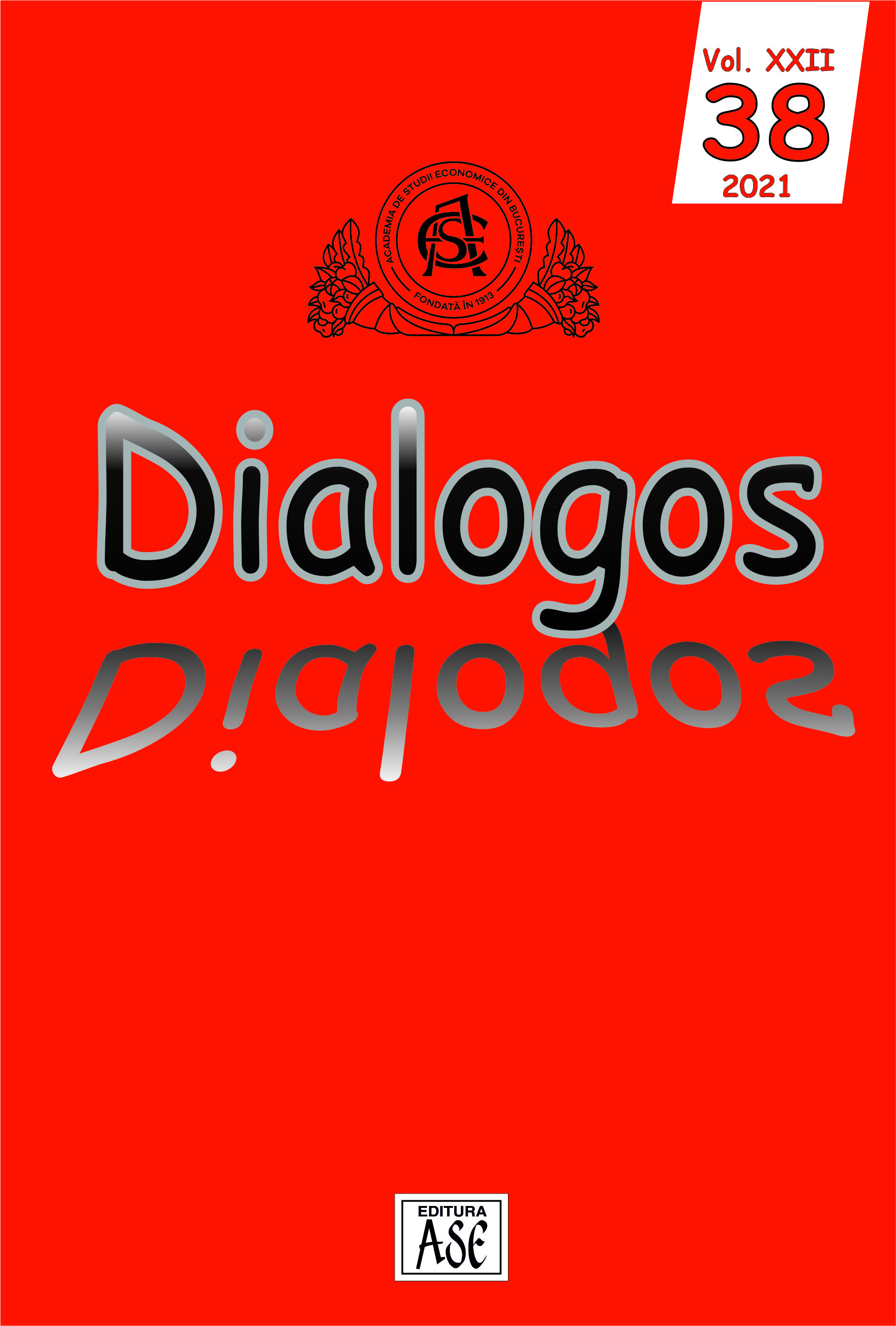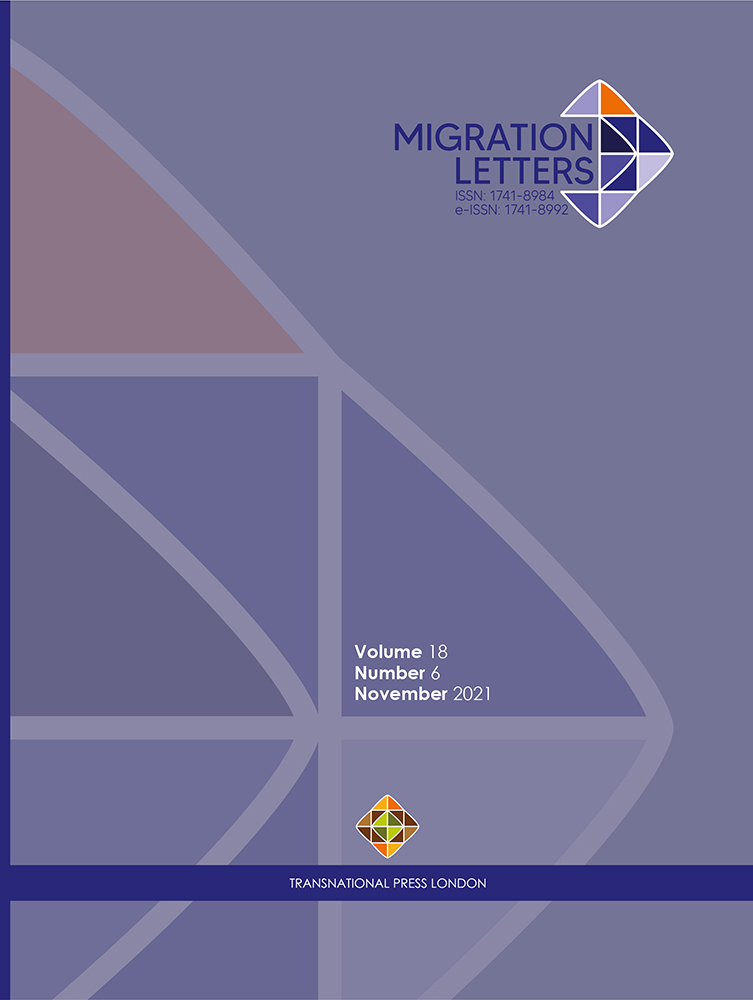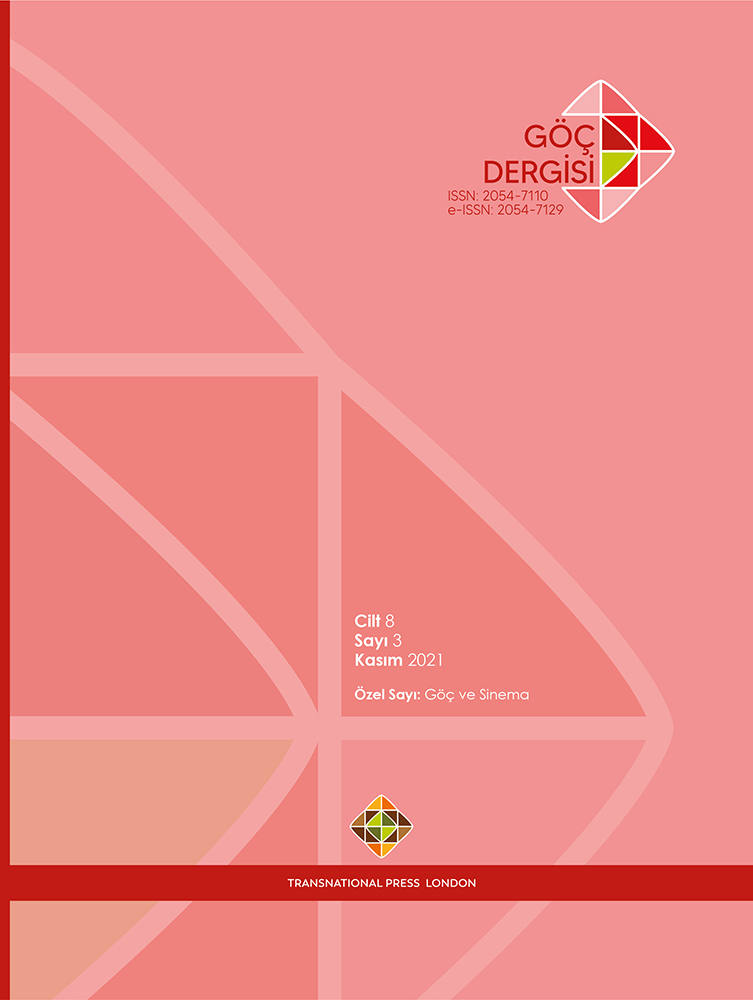Author(s): Elisabeta Simion,Iordana Lungu / Language(s): Romanian
Issue: 3/1976
L'exposition, qui fait l'objet de la présente communication, a été inaugurée et organisée la 10 août 1974, par le Musée d'Histoire de la R. S. de Roumanie, dans le cadre de l'ample programme des manifestations consacrées à la célébration de l'un des plus remarquables événements de l'histoire roumaine — l'insurrection nationale armée anti-fasciste et anti-impérialiste. En lignes générales, cette exposition jubiliaire de haute tenue scientifique a présenté: la lutte anti-fasciste et anti-impérialiste du peuple roumain; la préparation et le déroulement de l'insurrection nationale d'août 1944; la contribution de la Roumanie à la guerre anti-hitlérienne; les transformations révolutionnaires accomplies sous la direction du parti communiste, dans la vie socio-politique et économique du pays; l'édification de la société socialiste multilatéralement développée — étape que nous vivons à présent. L'objectif que s'est propose d'illustrer cette exposition, y parvenant d'ailleurs d'une manière excellante, fut notamment celui de mettre en évidence le rôle du P.C.R. comme force politique-dirigeante et par là, les maints aspects que ce rôle même subsume: la nécessité objective de la direction de la révolution et de l'édification socialiste par le parti communiste; la politique marxiste-léniniste du P.C.R. d'édif ication du socialisme en Roumanie; son caractère créateur, réaliste-scientifique; la voie, les formes et méthodes originales pour accomplir les taches de l'édification de la nouvelle société; la contribution théorique et pratique de notre parti à l'enrichissement de la théorie révolutionanire. Ainsi, les plus importants événements politiques y ont été largement illustrés, ainsi que: les succès obtenus les dernières trente ans dans le processus du développement économico-social et culturel du pays, la préoccupation permanente du parti pour renforcer la démocratie socialiste — par le perfectionnement de la direction d'État et l'accroissement du rôle des organisations de masse et civiques et du Front de l'Unité Socialiste — pour faire accroître le niveau de bien-être et de civilisation du peuple entier, pour promouvoir constamment une politique de paix et de collaboration. L'exposition jubiliaire a entraîné une vaste activité d'investigation et d'évaluation de chaque pièce exposée, ainsi que la recherche des meilleurs solutions et modalités techniques à prendre dans ce but. En ce sens, les documents et les photos ont été, évidemment, prioritaires. Mais, le matériel auxiliaire complémentaire, lui aussi fut largement utilisé. L'impression d'ensemble laissée aux visiteurs par cette exposition fut justement celle de l'image d'aujoud'hui de la Roumanie socialiste, image qui a nettement prouvé que le peuple roumain a édifié, sous la direction du P.C.R., pendant trois décennies seulement, un nouvel pays, florissant, que ce peuple est devenu entièrement maître de son destin et avenir.
More...
